
-
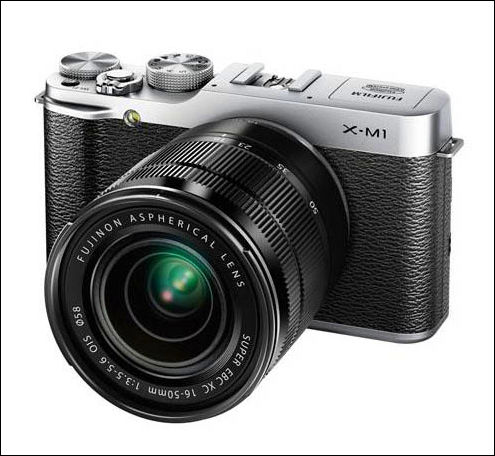
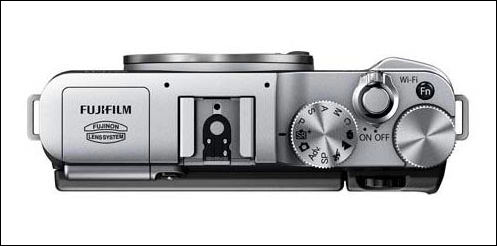
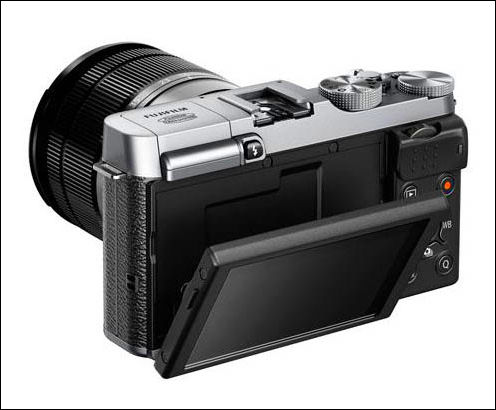
Specifications:
- 16.3mp X-Trans APS-C CMOS
- 1/4000-30 seconds, shutter speed, flash sync - 1/180 sec
- 920,000 dot 3.0-inch, 3:2 aspect ratio, can tilt up and down.
- 5.6fps
- Video - 1080p30, 720p30
- Sound recorded as Linear PCM Stereo
- Wi-Fi
- Size 116.9mm x 66.5mm x 39.0mm
- Weight - 330g (including battery, media), 280g weight (only body)
- Expected body price is $699
Available at:
-
Various hand ons and previews
- http://www.photographyblog.com/news/fujifilm_x_m1_and_fujinon_xc_16_50mm_f3.5_5.6_ois_lens/
- http://www.ephotozine.com/article/fujifilm-x-m1-mirrorless-camera-announced-22252
- http://www.techradar.com/us/news/photography-video-capture/cameras/fuji-x-m1-launched-small-csc-with-x-pro1-sensor-1161153
- http://www.imaging-resource.com/news/2013/06/24/fuji-x-m1-review-first-look-a-affordable-x-trans-mirrorless-for-rest-of-us
- http://www.digitalcamerareview.com/default.asp?newsID=5341&news=fuji+x-m1+compact+27mm+f2.8+lens
- http://www.thephoblographer.com/2013/06/24/fujifilm-announces-the-xm-1-and-fujinon-xf27mm-f2-8-lens/
-
It is very well-made camera despite the lower cost and more reliance on plastic, as well as successfully continuing the stylish retro look of the X-series family. The overall handling experience isn't quite as good though. As well as missing the rear screen, we found the two control dials to be tricky to use in unison in the Manual shooting mode - you really need a more forward dial for this - while the second plastic dial feels cheap and out-of-place on what is still a premium camera. The tilting LCD screen is a great addition, but the wi-fi options are limited to transferring images from the camera to a smartphone and back again, and syncing to a PC - there's no remote control options or direct connection to a wi-fi network, as on some rival models.
The X-M1 delivers the same excellent image quality as its big and more expensive brothers.
http://www.photographyblog.com/reviews/fujifilm_x_m1_review/
-
The X-Pro1 and X-E1 with manual control dials, and built in viewfinders were a joy to use due to classic styling and quick photographic control. The Fujifilm X-M1 on the other hand no longer features as many external controls, and with the 16-50mm OIS lens aperture and shutter speed is controlled by the two control wheels. However, the additional of a 3inch tilting screen and built in Wi-Fi, along with a more compact body helps make up for this.
Image quality is very good with excellent colour, and fans of Fujifilm colour and film will find the X-M1 gives very pleasing results, with very good detail, and reliable exposure. Focus speeds are a little on the sluggish side, and indoors, in low-light focus occassionally missed, causing us to have a blurred photo.
http://www.ephotozine.com/article/fujifilm-x-m1-csc-review-22394
-
Le bruit est totalement imperceptible jusqu'à 800 ISO et reste très modéré jusqu'à 3200 ISO. Dès 6400 ISO il commence à apparaître, mais il est dans l'ensemble bien corrigé. On observe une légère granulation non colorée avec peu de lissage. Au-delà le bruit devient de plus en plus prononcé. À 12 800 ISO, le lissage commence à faire des dégâts, mais cette sensibilité pourra tout de même s'utiliser en cas de besoin. À 25 600 ISO le bruit est très prononcé, l'image extrêmement lissée et devient inexploitable. Résultat des courses sans surprise : pas de soucis jusqu'à 6400 ISO et un 12 800 ISO exploitable de temps en temps.
http://www.focus-numerique.com/test-1723/compact-fujifilm-x-m1-bruit-electronique-12.html
-
Now, with the new X-M1 Fuji has aimed at yet another market segment, the entry level CSC buyer for whom the lack of an EVF is less important than the savings that it entails. The sensor is the same as those in its bigger brothers, so this camera represents quite a bargain. Little has been lost by way of controls either, and an articulated rear LCD is very handy. And to compete with smartphones, wi-fi is now built-in, as has become de-rigeur with almost all new cameras.
http://www.luminous-landscape.com/reviews/cameras/fuji_x_m1.shtml
-

 nik1.jpg679 x 426 - 109K
nik1.jpg679 x 426 - 109K
 nik2.jpg674 x 427 - 123K
nik2.jpg674 x 427 - 123K -
High iso performance of the XM1 is excellent as it is the same sensor that is in the X Pro 1. The grain that is in any of the images is very tightly knit and looks very film-like.

The sensor at the heart of the XM1 is capable of recovering lots of details in both the highlights and shadows.
Fujifilm doesn’t allow any sort of manual control for video in their cameras. A user can set the ISO and/or the aperture or shutter speed, but not everything at once.
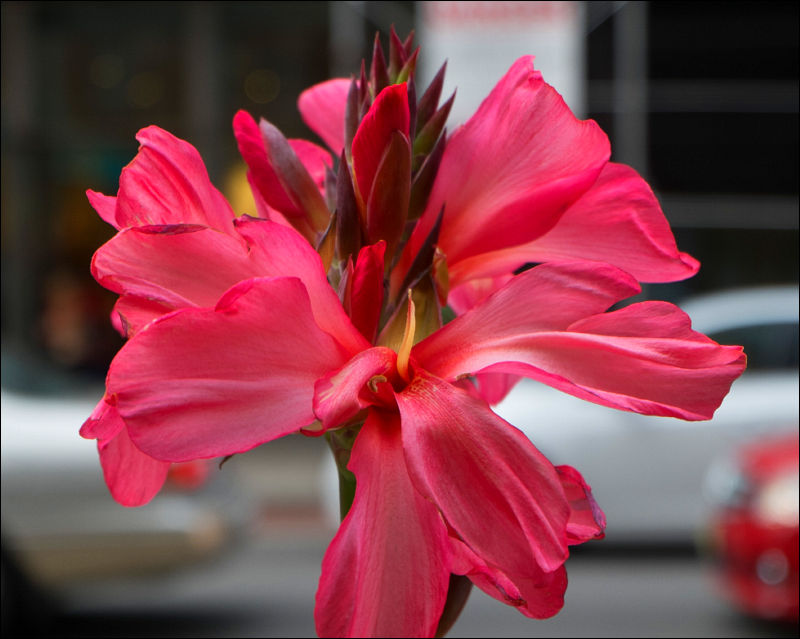
There isn’t a single major reason why you shouldn’t go with the XM1 unless you want a viewfinder.
http://www.thephoblographer.com/2013/08/23/review-fujifilm-xm1/

 g21.jpg800 x 434 - 126K
g21.jpg800 x 434 - 126K
 g22.jpg800 x 639 - 77K
g22.jpg800 x 639 - 77K -

 voig13.jpg800 x 602 - 156K
voig13.jpg800 x 602 - 156K
 voig12.jpg800 x 525 - 70K
voig12.jpg800 x 525 - 70K -
The X-M1 is small enough to be used comfortably one-handed, yet the camera has a sturdy build. It's a comfortable model to use, and even though the camera body is small, the buttons are of a good size and are easy to reach and press.

This camera's image quality and performance levels are pretty good too versus other entry-level ILCs, although those aspects of the X-M1 aren't quite as impressive when compared to all models in its price range. You can shoot in RAW or JPEG with this camera, which is a feature that doesn't appear in every ILC model. The X-M1 does a very nice job with low light photos too, thanks to its popup flash and good performance at high ISO settings, as well as a large APS-C sized CMOS image sensor.
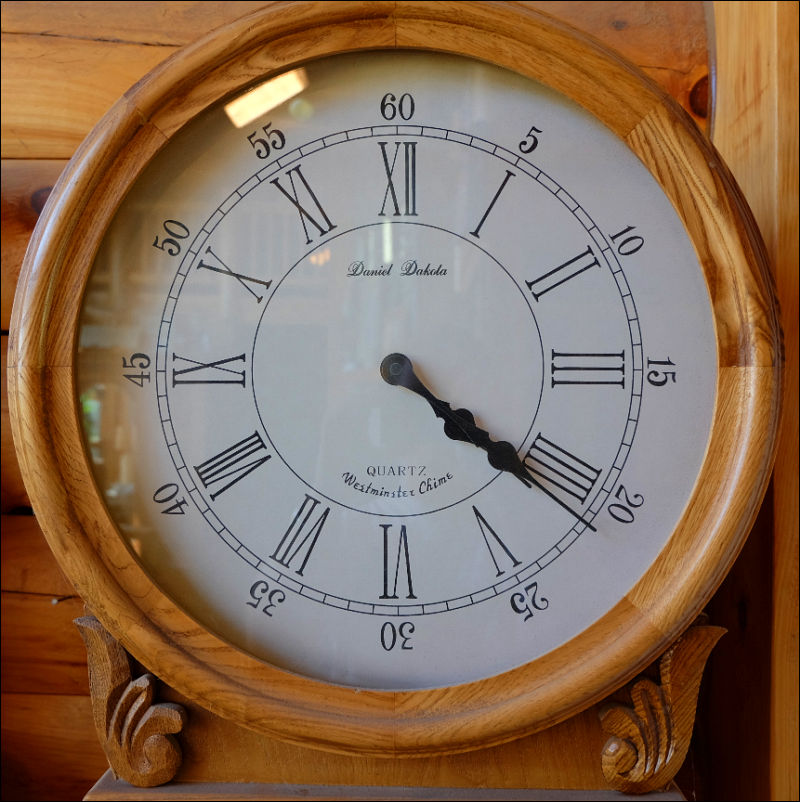
The X-M1 offers a high-quality, high-resolution LCD screen that can tilt away from the camera. A good LCD screen is needed as there's no viewfinder option with this camera. Fujifilm included a nice mix of automatic and manual control features, which makes the X-M1 a good option for a beginning photographer who's looking to improve his or her photography skills by steadily learning how to exert more manual control over the scene. There's a lot to like about the X-M1. If you want a stylish design in a camera, you'll be very pleased with your choice.
Movie samples:
http://www.steves-digicams.com/camera-reviews/fujifilm/x-m1/DSCF0354.mov
http://www.steves-digicams.com/camera-reviews/fujifilm/x-m1/DSCF0356.mov
http://www.steves-digicams.com/camera-reviews/fujifilm/x-m1/fujfilm-x-m1-review.html

 var6.jpg800 x 464 - 115K
var6.jpg800 x 464 - 115K
 var7.jpg800 x 802 - 126K
var7.jpg800 x 802 - 126K -

 pent2.jpg800 x 500 - 82K
pent2.jpg800 x 500 - 82K
 pent3.jpg800 x 528 - 92K
pent3.jpg800 x 528 - 92K -
The X-M1 has a simple and accessible control layout. There are dual control dials: one on the top plate, the other on the rear. The rear dial is flush with the back plate of the camera, and takes some getting used-to. Settings can be adjusted quickly with the direct buttons on the rear of the camera, or using the Q Menu that should look familiar to anyone who has used a higher-end Fuji camera in recent years.

Focusing performance isn't as snappy as, say, the Panasonic Lumix DMC-G6

Exposure is accurate in most cases, with occasional overexposure and clipped highlights (the latter can be reduced by using the DR Correction feature). Fuji cameras are well known for their very vivid colors, and the X-M1 carries on that tradition. One thing we did notice is that areas of high frequency green detail can be a bit smudged, possibly due to the X-Trans color filter..

 test9.jpg800 x 533 - 142K
test9.jpg800 x 533 - 142K
 test8.jpg800 x 524 - 106K
test8.jpg800 x 524 - 106K -
X-M1 supports both Full HD (1920 x 1080 pixels) and HD modes (1280 x 720 pixels) using progressive scanning with a frame rate of 30 frames/second, a minor change to the 24 fps frame rates of the older cameras. The maximum clip length is 14 minutes for 1080p files and 27 minutes for 720p files. Movies are recorded in H.264 compliant MOV format with linear PCM stereo soundtracks.

Shots are similar to shots we made with X-E1. They contained plenty of sharp detail.
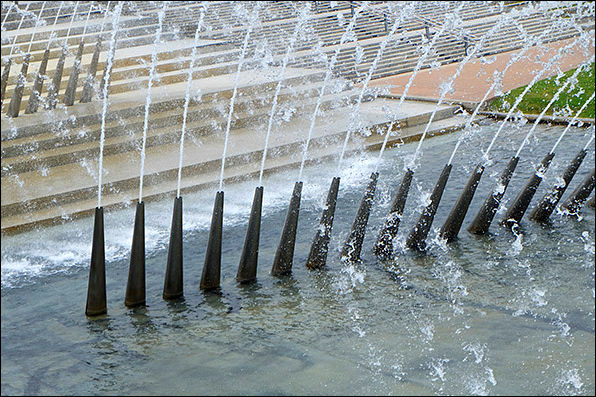
Colours were natural-looking with the default Provia/Standard Film Simulation setting. Skin hues in JPEGs were shifted slightly towards the warmer values.

 skin3.jpg599 x 361 - 86K
skin3.jpg599 x 361 - 86K
 skin2.jpg596 x 397 - 98K
skin2.jpg596 x 397 - 98K -

 gx7_8.jpg729 x 820 - 199K
gx7_8.jpg729 x 820 - 199K
 gx7_7.jpg800 x 531 - 98K
gx7_7.jpg800 x 531 - 98K -
The X-Trans sensor really stands out. It is the “least digital” sensor you can find and that’s one of the main reasons Fujifilm X cameras have conquered the hearts of so many photographers. Its closeness to film gives you warm colors, as well as a vibrant and delicate tonal range.

The camera also offers great dynamic.


 xm1_1.jpg800 x 532 - 166K
xm1_1.jpg800 x 532 - 166K
 xm1_2.jpg800 x 505 - 54K
xm1_2.jpg800 x 505 - 54K -
Fujifilm X-M1 produces images with a lot of detail and very pleasing colors, and it has body that is significantly smaller than a DSLR. While it might not have best resolution that you can get in an interchangeable-lens camera, it’s absolutely enough for the needs of the vast majority of shooters.
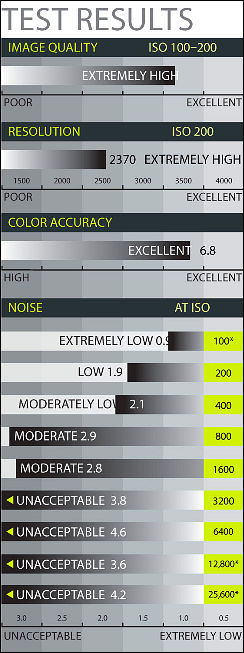
http://www.popphoto.com/gear/2013/10/camera-test-fujifilm-x-m1-camera?page=0,1

 levels5.jpg244 x 653 - 48K
levels5.jpg244 x 653 - 48K -

Decidedly entry-level by its lack of a viewfinder, the X-M1 offers a simple feature-set yet has a high number of controls, including dual control-dials.

 cat4.jpg800 x 531 - 101K
cat4.jpg800 x 531 - 101K -
Although pretty poor for filming and no remote control via app this is an amazing low-budget high-ISO cam I must say!
Is there an RJ Lens Turbo for Fujifilm's X-mount? This upgraded to practically full frame with old lenses would be awesome.
Howdy, Stranger!
It looks like you're new here. If you want to get involved, click one of these buttons!
Categories
- Topics List23,992
- Blog5,725
- General and News1,354
- Hacks and Patches1,153
- ↳ Top Settings33
- ↳ Beginners256
- ↳ Archives402
- ↳ Hacks News and Development56
- Cameras2,367
- ↳ Panasonic995
- ↳ Canon118
- ↳ Sony156
- ↳ Nikon96
- ↳ Pentax and Samsung70
- ↳ Olympus and Fujifilm101
- ↳ Compacts and Camcorders300
- ↳ Smartphones for video97
- ↳ Pro Video Cameras191
- ↳ BlackMagic and other raw cameras116
- Skill1,960
- ↳ Business and distribution66
- ↳ Preparation, scripts and legal38
- ↳ Art149
- ↳ Import, Convert, Exporting291
- ↳ Editors191
- ↳ Effects and stunts115
- ↳ Color grading197
- ↳ Sound and Music280
- ↳ Lighting96
- ↳ Software and storage tips266
- Gear5,420
- ↳ Filters, Adapters, Matte boxes344
- ↳ Lenses1,582
- ↳ Follow focus and gears93
- ↳ Sound499
- ↳ Lighting gear314
- ↳ Camera movement230
- ↳ Gimbals and copters302
- ↳ Rigs and related stuff273
- ↳ Power solutions83
- ↳ Monitors and viewfinders340
- ↳ Tripods and fluid heads139
- ↳ Storage286
- ↳ Computers and studio gear560
- ↳ VR and 3D248
- Showcase1,859
- Marketplace2,834
- Offtopic1,320
Tags in Topic
- fujifilm 40















